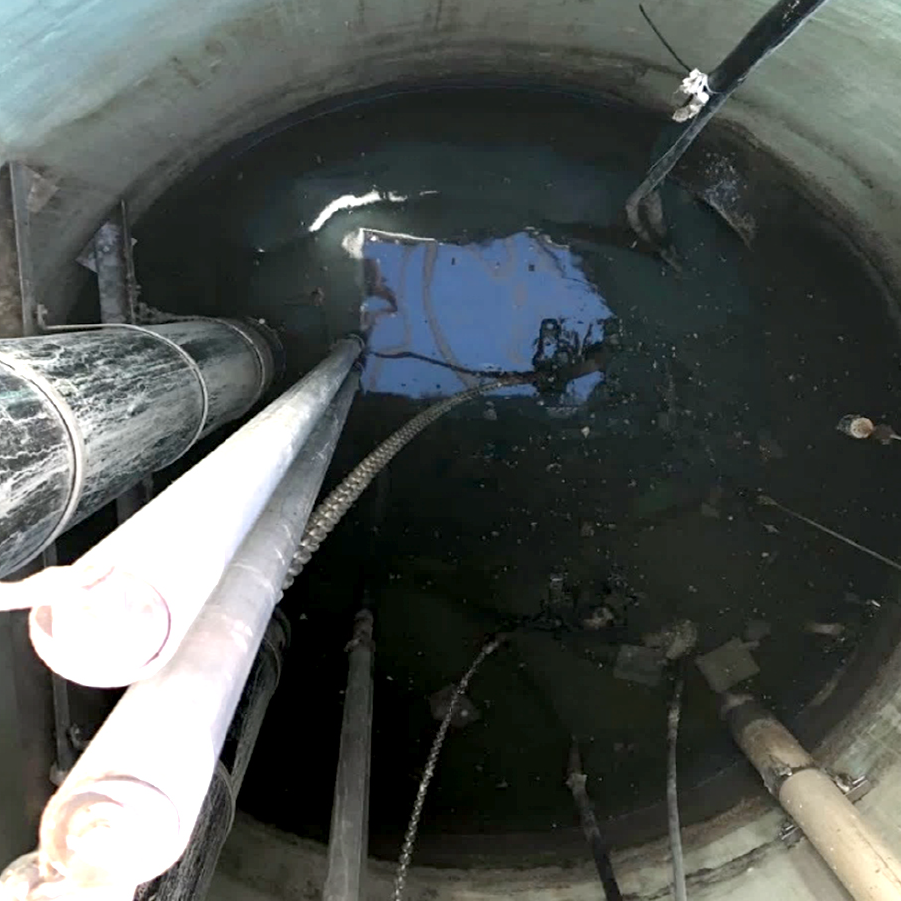How One City Pinpointed the Single
Biggest Source of Inflow & Infiltration
Flow Monitoring

Case Study | City of Cotati, CA
To northern California residents, Cotati, CA – located an hour north of San Francisco – is known for its annual jazz, blues, and arts festival in June and a two-day accordion festival in late August. But to infrastructure professionals, the city is also known as one that runs its civil infrastructure with the discipline and proactive outlook of a private business enterprise.
Cotati’s Water and Sewer Department retained the California firm Winzler & Kelly Consulting Engineers, with V&A as a subconsultant, to complete a master plan of its sewer collection system. The project included an inflow and infiltration (I/I) study and reduction program that took advantage of the sewer’s flow monitoring field data.
The consulting firms partitioned the sewer collection system into 10 basins and conducted dry- and wet-weather flow monitoring for a total project cost of about $66,000. The data collected analyzed to determine which basins contributed the most ground-water infiltration, rainfall-dependent infiltration, and stormwater inflow into the collection system.
When the analysis showed that Basin 9 had a significantly larger source of stormwater inflow during the larger storm events, the basin was investigated further using several techniques, including smoke testing, low-flow reconnaissance investigations, interviews, and closed-caption TV pipe inspections. Two months of investigation pinpointed the source of the offending inflow: a heavy-water use business that had three outdoor floor drains situated adjacent to its property and directly connected to the sanitary sewer system.
At a low point within the watershed basin, the property repeatedly flooded during the larger storm events of the winter season, sometimes resulting in more than 24 inches of standing water. More than 500,000 gallons a day were flushed into the sewer collection system via the floor drains. The connection of the floor drains to the sanitary sewer was later confirmed using a tracing dye test. The characteristics of a flood event were consistent with the sewer flow monitoring data.
By correcting this single defect, the City of Cotati eliminated the biggest direct source of I/I in its wastewater system.
